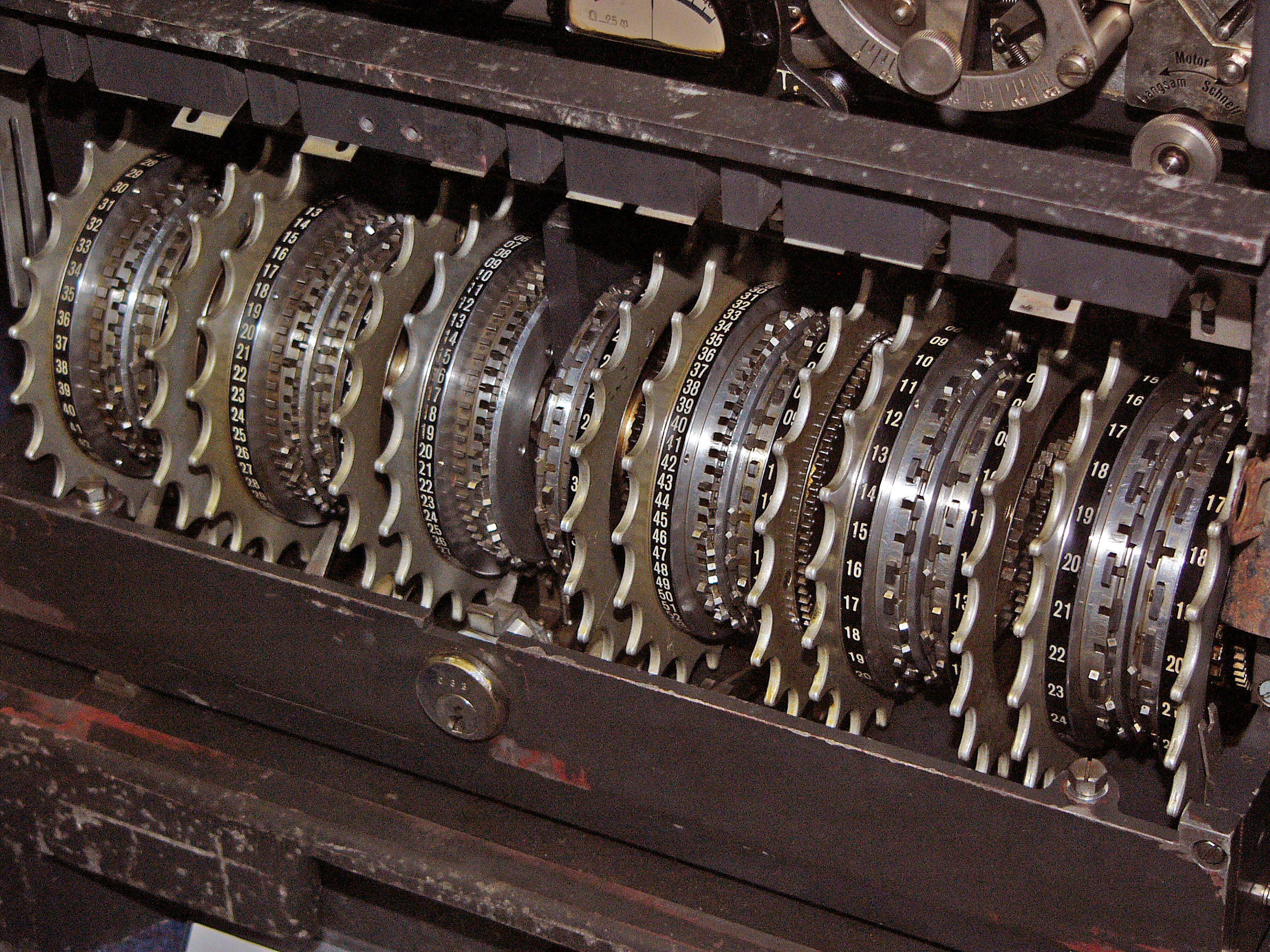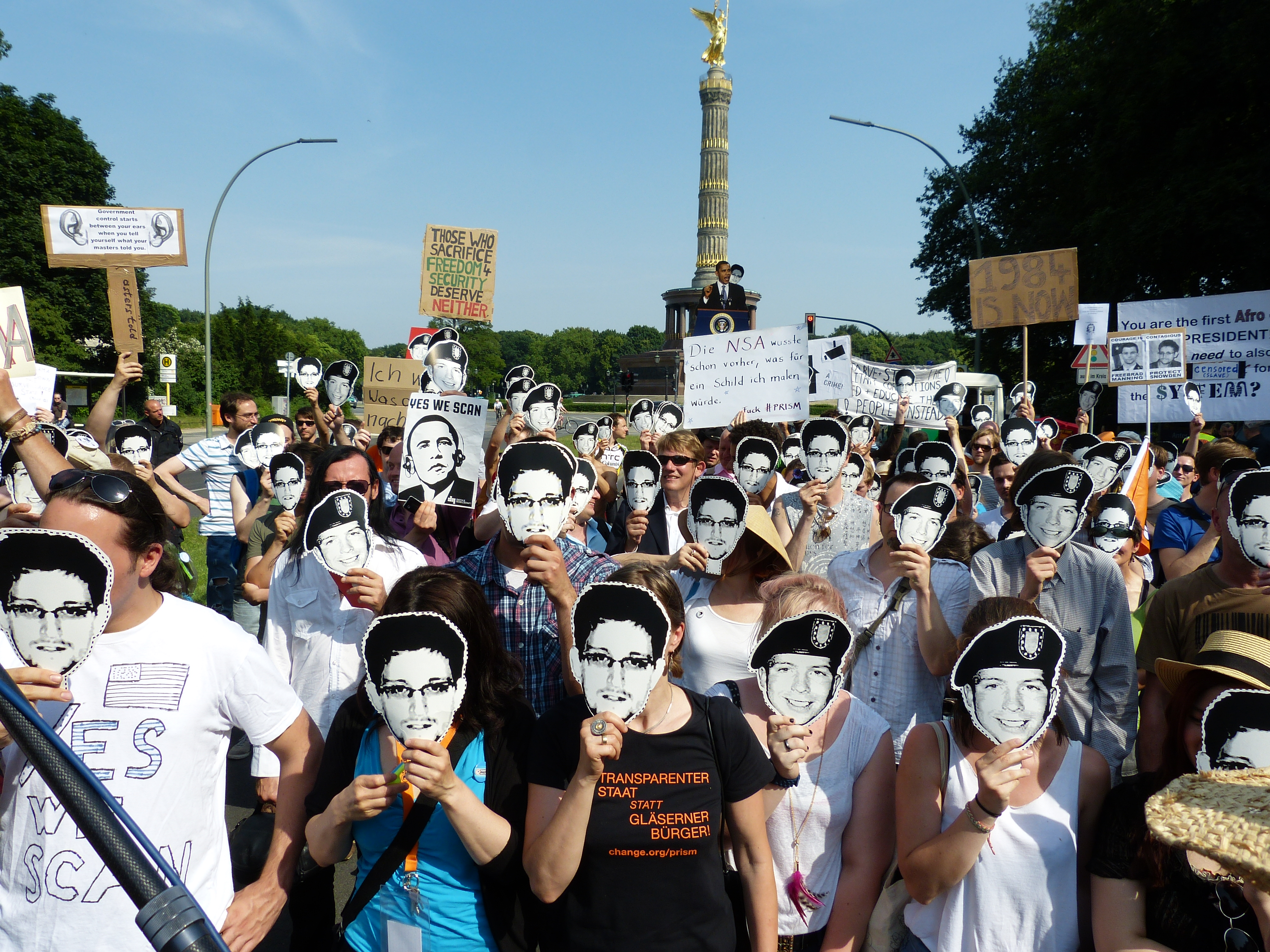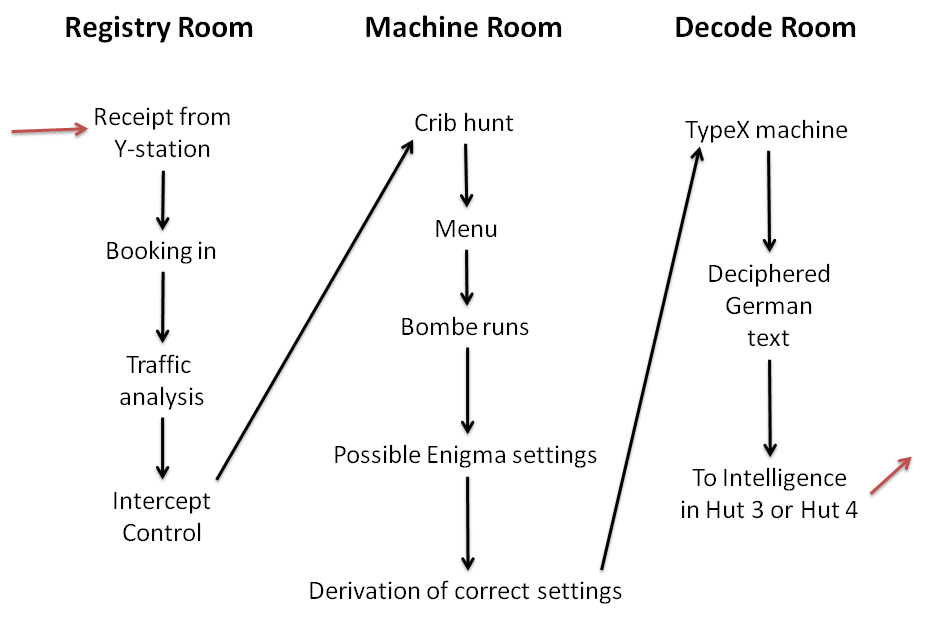|
John Tiltman
Brigadier John Hessell Tiltman, (25 May 1894 – 10 August 1982) was a British Army officer who worked in intelligence, often at or with the Government Code and Cypher School (GC&CS) starting in the 1920s. His intelligence work was largely connected with cryptography, and he showed exceptional skill at cryptanalysis. His work in association with Bill Tutte on the cryptanalysis of the Lorenz cipher, the German teleprinter cipher, called " Tunny" (for tunafish) at Bletchley Park, led to breakthroughs in attack methods on the code, without a computer. It was to exploit those methods, at extremely high speed with great reliability, that Colossus, the first digital programmable electronic computer, was designed and built. Biography Tiltman's parents were from Scotland, though he was born in London. He joined the British Army in August 1914, initially with the London Scottish Regiment, and saw service at the front during World War I with the 6th Battalion King's Own Scottish Bord ... [...More Info...] [...Related Items...] OR: [Wikipedia] [Google] [Baidu] |
Cryptanalysis
Cryptanalysis (from the Greek ''kryptós'', "hidden", and ''analýein'', "to analyze") refers to the process of analyzing information systems in order to understand hidden aspects of the systems. Cryptanalysis is used to breach cryptographic security systems and gain access to the contents of encrypted messages, even if the cryptographic key is unknown. In addition to mathematical analysis of cryptographic algorithms, cryptanalysis includes the study of side-channel attacks that do not target weaknesses in the cryptographic algorithms themselves, but instead exploit weaknesses in their implementation. Even though the goal has been the same, the methods and techniques of cryptanalysis have changed drastically through the history of cryptography, adapting to increasing cryptographic complexity, ranging from the pen-and-paper methods of the past, through machines like the British Bombes and Colossus computers at Bletchley Park in World War II, to the mathematically advanced ... [...More Info...] [...Related Items...] OR: [Wikipedia] [Google] [Baidu] |
Bill Tutte
William Thomas Tutte (; 14 May 1917 – 2 May 2002) was an English and Canadian code breaker and mathematician. During the Second World War, he made a fundamental advance in cryptanalysis of the Lorenz cipher, a major Nazi German cipher system which was used for top-secret communications within the Wehrmacht High Command. The high-level, strategic nature of the intelligence obtained from Tutte's crucial breakthrough, in the bulk decrypting of Lorenz-enciphered messages specifically, contributed greatly, and perhaps even decisively, to the defeat of Nazi Germany. He also had a number of significant mathematical accomplishments, including foundation work in the fields of graph theory and matroid theory. Tutte's research in the field of graph theory proved to be of remarkable importance. At a time when graph theory was still a primitive subject, Tutte commenced the study of matroids and developed them into a theory by expanding from the work that Hassler Whitney had first develop ... [...More Info...] [...Related Items...] OR: [Wikipedia] [Google] [Baidu] |
Government Communications Headquarters
Government Communications Headquarters (GCHQ) is an intelligence and security organisation responsible for providing signals intelligence (SIGINT) and information assurance (IA) to the government and armed forces of the United Kingdom. Primarily based at The Doughnut in the suburbs of Cheltenham, GCHQ is the responsibility of the country's Secretary of State for Foreign and Commonwealth Affairs (Foreign Secretary), but it is not a part of the Foreign Office and its director ranks as a Permanent Secretary. GCHQ was originally established after the First World War as the Government Code and Cypher School (GC&CS) and was known under that name until 1946. During the Second World War it was located at Bletchley Park, where it was responsible for breaking the German Enigma codes. There are two main components of GCHQ, the Composite Signals Organisation (CSO), which is responsible for gathering information, and the National Cyber Security Centre (NCSC), which is responsible for s ... [...More Info...] [...Related Items...] OR: [Wikipedia] [Google] [Baidu] |
Central Security Service
The Central Security Service (CSS) is a combat support agency of the United States Department of Defense which was established in 1972 to integrate the National Security Agency (NSA) and the Service Cryptologic Components (SCC) of the United States Armed Forces in the field of signals intelligence, Cryptography, cryptology, and information assurance at the tactical level.Central Security Service insignia NSA/CSS website In 2002, the CSS had approximately 25,000 uniformed members. FAS.org It is part of the United States Intelligence Community. History After World War II ended, the United States had two military org ...[...More Info...] [...Related Items...] OR: [Wikipedia] [Google] [Baidu] |
National Security Agency
The National Security Agency (NSA) is an intelligence agency of the United States Department of Defense, under the authority of the director of national intelligence (DNI). The NSA is responsible for global monitoring, collection, and processing of information and data for global intelligence and counterintelligence purposes, specializing in a discipline known as signals intelligence (SIGINT). The NSA is also tasked with the protection of U.S. communications networks and information systems. The NSA relies on a variety of measures to accomplish its mission, the majority of which are clandestine. The NSA has roughly 32,000 employees. Originating as a unit to decipher coded communications in World War II, it was officially formed as the NSA by President Harry S. Truman in 1952. Between then and the end of the Cold War, it became the largest of the U.S. intelligence organizations in terms of personnel and budget. Still, information available as of 2013 indicates that the C ... [...More Info...] [...Related Items...] OR: [Wikipedia] [Google] [Baidu] |
Simla
Shimla, also known as Simla (List of renamed Indian cities and states#Himachal Pradesh, the official name until 1972), is the capital and the largest city of the northern Indian state of Himachal Pradesh. In 1864, Shimla was declared the summer capital of British Raj, British India. After Indian independence movement, independence, the city became the capital of East Punjab and was later made the capital city of Himachal Pradesh. It is the principal commercial, cultural and educational centre of the state. Small hamlets were recorded before 1815 when British forces took control of the area. The climatic conditions attracted the British to establish the city in the dense forests of the Himalayas. As the summer capital, Shimla hosted many important political meetings including the Simla Deputation, Simla Deputation of 1906, the Simla Convention, Simla Accord of 1914 and the Simla Conference, Simla Conference of 1945. After independence, the state of Himachal Pradesh came into bei ... [...More Info...] [...Related Items...] OR: [Wikipedia] [Google] [Baidu] |
British Indian Army
The Indian Army was the force of British Raj, British India, until Indian Independence Act 1947, national independence in 1947. Formed in 1895 by uniting the three Presidency armies, it was responsible for the defence of both British India and the princely states, which could also have their own Imperial Service Troops, armies. As stated in the ''Imperial Gazetteer of India'', the "British Government has undertaken to protect the dominions of the Native princes from invasion and even from rebellion within: its army is organized for the defence not merely of British India, but of all possessions under the suzerainty of the Emperor of India, King-Emperor." The Indian Army was a vital part of the British Empire's military forces, especially in World War I and World War II. The Indian Presidencies and provinces of British India, Presidency armies were originally under East India Company command, and comprised the Bengal Army, Madras Army, and Bombay Army. After the Indian Rebellion ... [...More Info...] [...Related Items...] OR: [Wikipedia] [Google] [Baidu] |
Hush WAACs
The Hush WAACs were a group of seventeen British women who worked on the front line as codebreakers in France during World War One. After the war, two would go on to work on diplomatic codebreaking for MI1b. Although women were already working as codebreakers in Room 40 and MI1b, the Hush WAACs were the only women to serve as codebreakers at the front line during WW1. History In 1917, the British Army in France was short of manpower, and members of the Women's Army Auxiliary Corps were asked to volunteer for front line service in supporting roles. Six women were identified as capable of supporting the I(e)C front line codebreaking work at Saint-Omer in northern France, and arrived there on 28 September 1917. They had not been told what their duties would be. Over time, these original six women were joined by another three women who found conditions too difficult and returned to England. Between 1917 and the end of the war in November 1918, a total of seventeen women were sent to ... [...More Info...] [...Related Items...] OR: [Wikipedia] [Google] [Baidu] |
Room 40
Room 40, also known as 40 O.B. (old building; officially part of NID25), was the cryptanalysis section of the British Admiralty during the First World War. The group, which was formed in October 1914, began when Rear-Admiral Henry Oliver, the Director of Naval Intelligence, gave intercepts from the German radio station at Nauen, near Berlin, to Director of Naval Education Alfred Ewing, who constructed ciphers as a hobby. Ewing recruited civilians such as William Montgomery, a translator of theological works from German, and Nigel de Grey, a publisher. It was estimated that during the war Room 40 decrypted around 15,000 intercepted German communications from wireless and telegraph traffic. Most notably the section intercepted and decoded the Zimmermann Telegram, a secret diplomatic communication issued from the German Foreign Office in January 1917 that proposed a military alliance between Germany and Mexico. Its decoding has been described as the most significant intellig ... [...More Info...] [...Related Items...] OR: [Wikipedia] [Google] [Baidu] |
London Scottish (regiment)
The London Scottish was a reserve infantry regiment then a company of the British Army. In its final incarnation it was A (The London Scottish) Company, the London Regiment until, on 1 May 2022, soldiers in the company transferred to foot guards regiments and the company became G (Messines) Company, Scots Guards, 1st Battalion London Guards. History Formation The regiment was founded on the formation of the Volunteer Force in 1859. Originally as part of the Volunteer Force sponsored by the Highland Society of London and the Caledonian Society of London, a group of individual Scots raised the London Scottish Rifle Volunteers under the command of Lt Col Lord Elcho, later The Earl of Wemyss and March. The regiment became the 7th (London Scottish) Middlesex Volunteer Rifle Corps and then, in 1908, the 14th (County of London) Battalion, London Regiment (London Scottish). First World War The 1/14th Battalion was mobilized on the outbreak of war, departing for France on 15 ... [...More Info...] [...Related Items...] OR: [Wikipedia] [Google] [Baidu] |
Colossus Computer
Colossus was a set of computers developed by British cryptanalysis, codebreakers in the years 1943–1945 to help in the cryptanalysis of the Lorenz cipher. Colossus used vacuum tube, thermionic valves (vacuum tubes) to perform Boolean algebra (logic), Boolean and counting operations. Colossus is thus regarded as the world's first computer programming, programmable, electronics, electronic, digital electronics, digital computer, although it was programmed by switches and plugs and not by a stored-program computer, stored program. Colossus was designed by General Post Office (GPO) research telephone engineer Tommy Flowers based on plans developed by mathematician Max Newman at the Government Code and Cypher School at Bletchley Park. Alan Turing's use of probability in cryptanalysis (see Banburismus) contributed to its design. It has sometimes been erroneously stated that Turing designed Colossus to aid the cryptanalysis of the Enigma. (Turing's machine that helped decode Enigma ... [...More Info...] [...Related Items...] OR: [Wikipedia] [Google] [Baidu] |
Bletchley Park
Bletchley Park is an English country house and Bletchley Park estate, estate in Bletchley, Milton Keynes (Buckinghamshire), that became the principal centre of Allies of World War II, Allied World War II cryptography, code-breaking during the Second World War. During World War II, the estate housed the Government Code and Cypher School (GC&CS), which regularly penetrated the secret communications of the Axis Powers most importantly the German Enigma machine, Enigma and Lorenz cipher, Lorenz ciphers. The GC&CS team of codebreakers included John Tiltman, Dilwyn Knox, Alan Turing, Harry Golombek, Gordon Welchman, Conel Hugh O'Donel Alexander, Hugh Alexander, Donald Michie, W. T. Tutte, Bill Tutte and Stuart Milner-Barry. The team at Bletchley Park devised automatic machinery to help with decryption, culminating in the development of Colossus computer, Colossus, the world's first programmable digital electronic computer. Codebreaking operations at Bletchley Park ended in 1946 and al ... [...More Info...] [...Related Items...] OR: [Wikipedia] [Google] [Baidu] |









